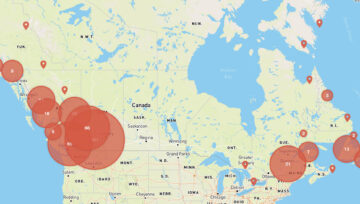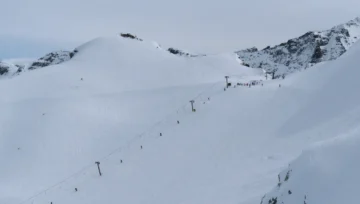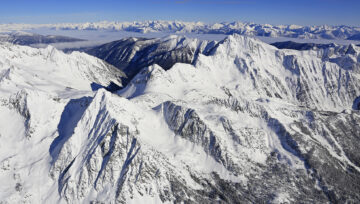Solar induced dry slab avalanche study
A Bruce Jamieson video for avalanche practitioners and advanced recreationalists on dry slab avalanches. Dry slabs are a poorly understood phenomenon that has surprised – sometimes tragically – many experienced people in the backcountry.
Bruce Jamieson has dedicated his life to the study of avalanches and saving lives, read more here.
Dry snow slab avalanche release starts with failure in the weak layer underlying the slab. The stress in the weak layer has to locally exceed the strength that strongly depends on the strain rate. Models for dry snow slab avalanche release are reviewed, with emphasis on the role of deficit zones.
Most models assume a prior existing deficit or superweak zones. Providing the damaged area is large enough so that sufficient deformation energy is released, a shear fracture may propagate and release a slab avalanche. Model calculations give a wide range of values on the size of these zones, typically between 0.1 to 10 m. However, field studies have not proven the existence of shear deficit zones. Skiers may definitely trigger a slab avalanche without incidentally hitting a deficit zone. Deficit zones are supposed to be a transient phenomenon, in particular due to the sintering process.
A comprehensive link between snow failure, described as the result of the two competing main processes: fracturing and sintering, and slab release is still missing. As field studies show spatial variability in stability, future operational models of avalanche formation should probably include this variation by using a statistical approach. Doing so a simple stress criterion might be sufficient, in particular to describe skier triggered and direct-action avalanches.










Comments